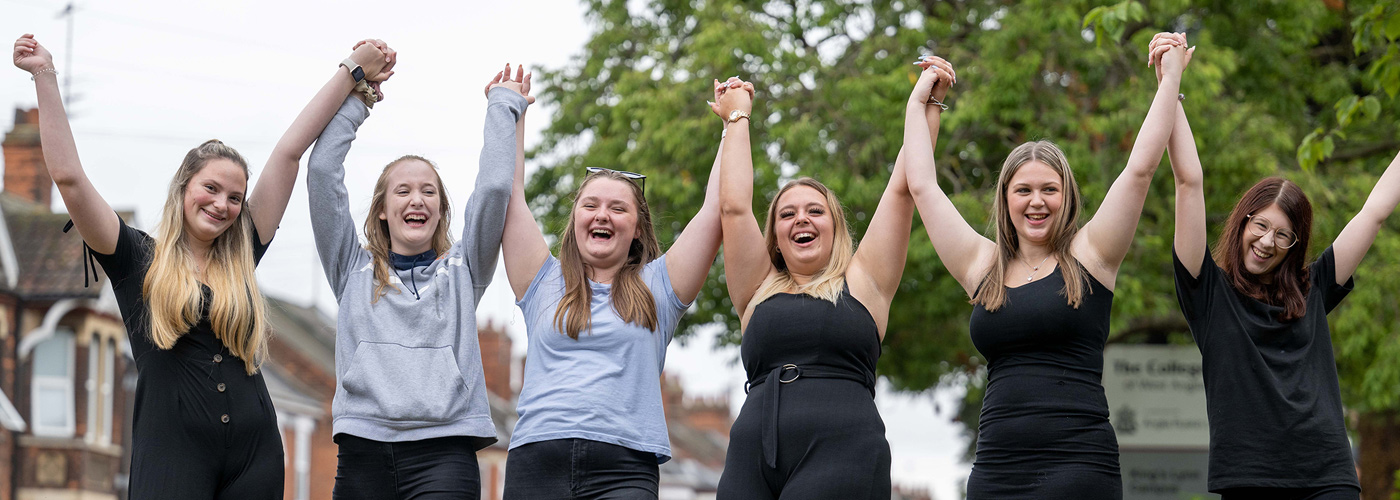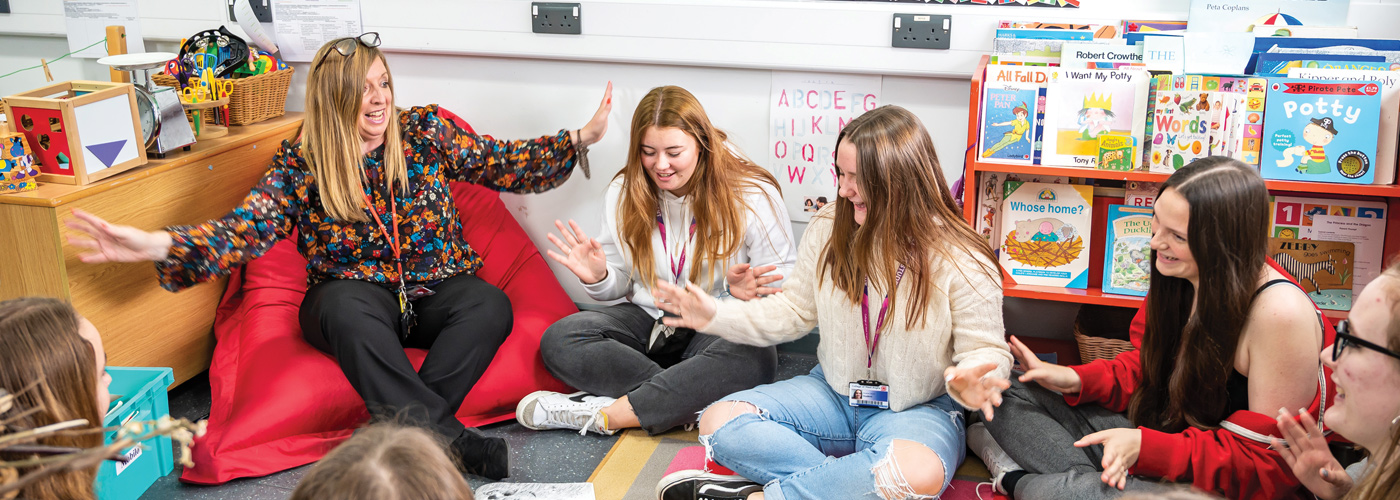
Different productivity techniques work for different people. Here are some of the most effective ways to tick things off your to-do list and find some time in your busy schedule – which one works best for you? USE AN APP Using technology in the right way can help you to organise your busy schedule, both at work and in your personal life, to get things done. Mobile apps such as Evernote allow you to keep track of everything on the go. Evernote allows you to take notes and save webpages, images and documents all in one place and keep it all in the cloud so you can access it anywhere. You can also collaborate with colleagues on projects in group notebooks and upload and even search through handwritten notes.
EAT THE FROG The saying ‘eat the frog’ came from author Mark Twain, who reasoned that if you ‘eat the frog’ in the morning, you can go about the rest of your day knowing that the worst is behind you. This productivity method implies that by doing your worst task first, the rest of your day will be breeze. More than one frog? Just eat the biggest first.
TRY THE POMODORO TECHNIQUE Created by Francesco Cirillo, the Pomodoro Technique teaches you to work with time, not against it. The technique is effective, but incredibly simple:
- Choose your task: It can be anything from an essay or report, to tidying that cupboard of junk under the stairs.
- Set a timer: The Pomodoro Technique uses 25-minute stints, so set it for that long. Work on your task until the alarm rings. If you suddenly remember something else you need to do, write it down – don’t keep working!
- Take a break: Grab a coffee, go for a quick walk or just breather. Whatever helps you relax, give yourself five minutes to have a break from work.
- Count four cycles Once you have completed four 25-minute work periods, give yourself a longer break (between 20 and 30 minutes).
- Repeat: Keep using the technique until your day (or task) is done!
The Pomodoro Technique is great for establishing an uninterrupted work pattern. 25 minutes is not a long time to dedicate yourself to one task and you will soon discover exactly how long a standard task will take you to complete.
STOP MULTITASKING This one might sound counterproductive, but research has shown that multitasking can actually have a negative impact on our health as well as our work. MIT Neuroscientist Earl Miller explains that the brain’s limitations mean “when we toggle between tasks… it requires a series of small shifts”. These brief interruptions can derail the creative process and, in turn, increase the likelihood of making mistakes. Additional research by the University of Sussex found that heavy multitaskers, especially those who use multiple media devices, perform worse on cognitive control tasks and are more prone socio-emotional difficulties. So sit back and take it one challenge at a time.
LEARN TO PRIORITISE Sometimes it’s overwhelming when you have a seemingly endless to-do list and you just don’t know where to begin - it can even put you off starting anything at all! One productivity technique that can be used to overcome this problem is to write a to-do list to help you order and prioritise your most urgent tasks and those that can wait. Make a list for each day in the week, prioritising each job by deadline. This will enable you to see your workload for what it is and feel a sense of achievement every time you tick something off, spurring you on for the next task.




